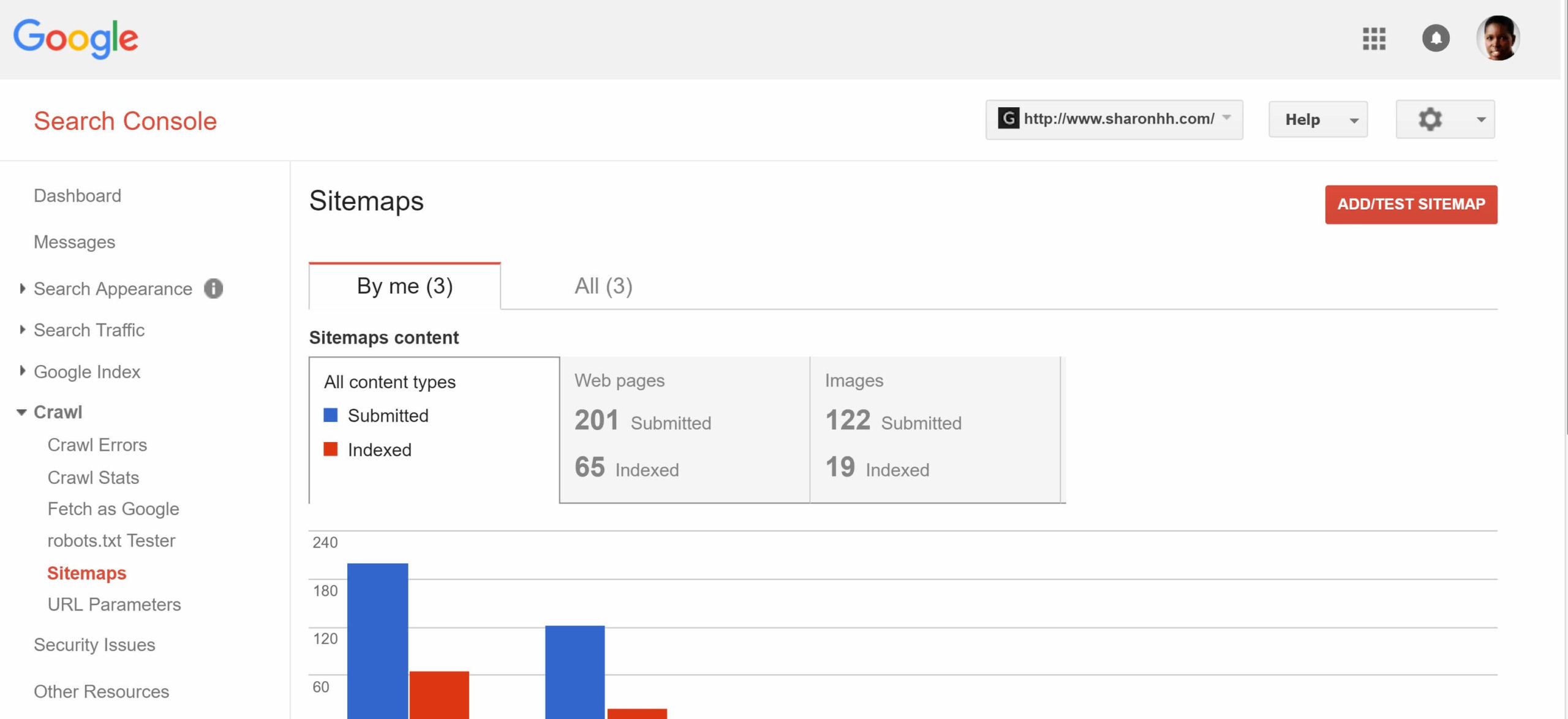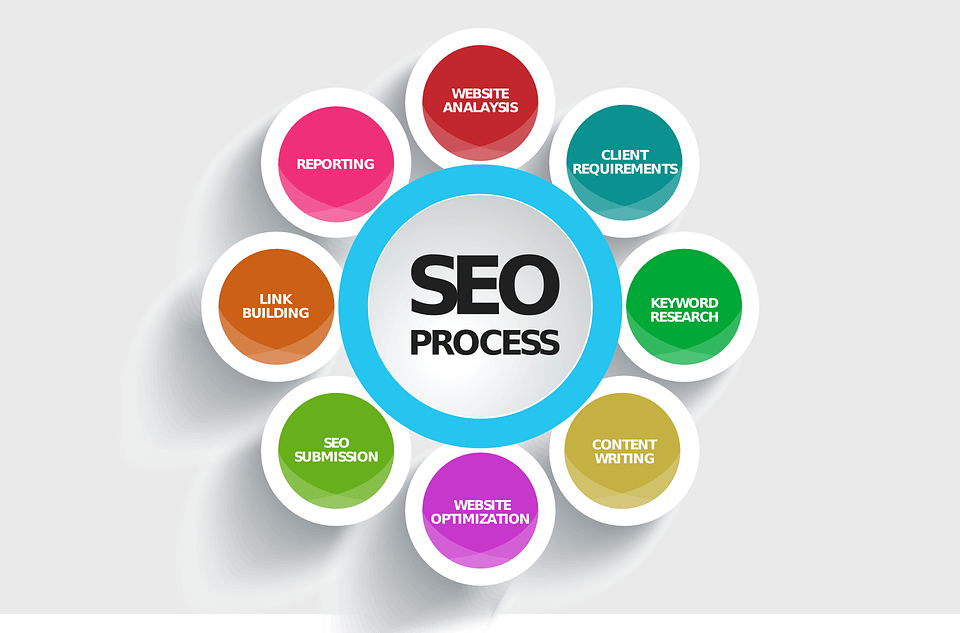Why Do I Need an SEO Firm?
When redesigning your website, it is vital to take SEO into consideration. If your website isn’t easy for Google to crawl, doesn’t provide a simple UX, and portray trust to your customers, no amount of keyword optimization or SEO magic is going to help you improve search engine rankings, grow your online presence or increase online leads/ revenue.
To ensure your new site will resonate with your targeted audience — and to save yourself from costly headaches down the road — SEO needs to be integrated into your website redesign strategy from the beginning.
SEO is not just about optimizing page titles and on-page content, it’s about all the factors that help you improve your search-engine rankings and online presence, and YOUR WEBSITE EXPERIENCE is #1.
You can partner with a website design/development agency, but without an experienced SEO company/specialist you’re going to have to make significant changes after your new website has been created.
What is SEO?
SEO is anything that impacts potential links, any input that engines use to rank pages. Anything that people or technology does to influence those ranking elements is what the practice of SEO is about.
– Rand Fishkin, Moz
Related Post: How Long Does it Take for SEO to Produce Results? ➢
Your Website Redesign & SEO
While you may want to try and save money by pausing your retainer with your SEO partner during your website redesign, you’re likely going to end up paying more in the long run because of the significant changes that will probably need to be made from a website UX perspective. Changes include: adding CTA’s, URL/folder structure, keyword optimized URLs, H1 vs H2 title tags, internal linking, content that builds trust with readers, etc.)
Myself, along with other digital marketing and SEO experts can’t emphasize enough the importance of incorporating SEO into the redesign of your website:
 “If you don’t have SEO in mind from the initial strategy session, you’re going to lose what you took so much time and effort to build. Everything from the structure of your website to the meta description of your website pages is important and should be taken into consideration.”
“If you don’t have SEO in mind from the initial strategy session, you’re going to lose what you took so much time and effort to build. Everything from the structure of your website to the meta description of your website pages is important and should be taken into consideration.”
-Laura Hogan, OverGo Studio
 “All too often, when we’re brought in for SEO work on a redesign, it’s often late in the process, such as when the site is being coded or even totally complete. The advice that usually needs to be passed on at this point will most likely cost the company much more in design, coding, and more.”
“All too often, when we’re brought in for SEO work on a redesign, it’s often late in the process, such as when the site is being coded or even totally complete. The advice that usually needs to be passed on at this point will most likely cost the company much more in design, coding, and more.”
-Jeff Ferguson, Fang Digital Marketing
Like many small-to-mid-sized business owners, you might wonder why your digital marketing firm is talking about your website’s UX. The overall design experience of your website, as well as its mobile friendliness, is a ranking factor for Google. Plus, in order for SEO and PPC to be effective in helping you grow your business and generate leads, your website has to provide a great UX to visitors and establish trust.
Related Post: Mobile Optimization vs. Mobile Friendly: What’s the Difference? ➢
 “SEO is neuropsychology. SEO is conversion rate optimization. SEO is social media. SEO is user experience and design. SEO is branding. SEO is analytics. SEO is product. SEO is advertising. SEO is public relations. The fill-in-the-blank is SEO if that blank is anything that affects any input directly or indirectly.”
“SEO is neuropsychology. SEO is conversion rate optimization. SEO is social media. SEO is user experience and design. SEO is branding. SEO is analytics. SEO is product. SEO is advertising. SEO is public relations. The fill-in-the-blank is SEO if that blank is anything that affects any input directly or indirectly.”
-Rand Fishkin, MOZ
Related Post: What is SEO? – Beyond the Keywords ➢
Isn’t My Website Good Enough?
‘Good Enough’ won’t cut it when it comes to your website’s UX
A few reasons why having a good UX matters:
- A poorly designed website can impact the trust users have in your business.
- A poorly designed website can deter visitors from buying your products or services.
- A poorly designed website can impact if users will share your content.
Conclusion
If you choose to hire a web-design company or freelance designer for your small to mid-sized business, you should be sure to also choose an individual or SEO firm to partner with during the redesign process. They will help ensure SEO best practices will be properly integrated into your new website from the beginning. This will save you time, and money, down the road.






 White Hat techniques target human audiences rather than simply search engines.
White Hat techniques target human audiences rather than simply search engines.